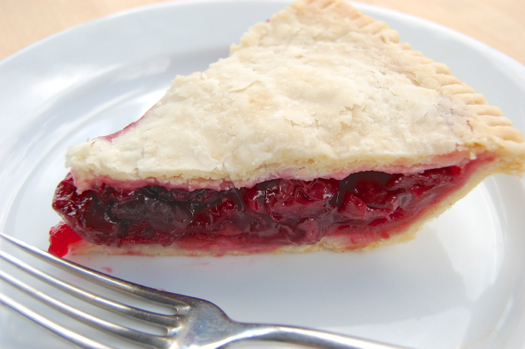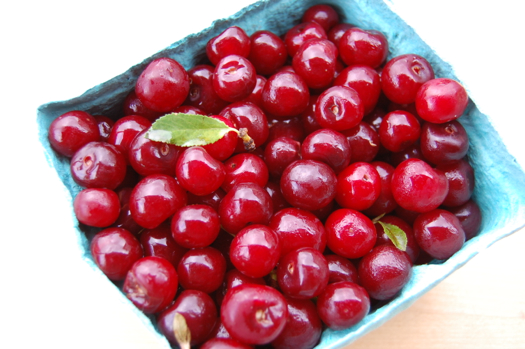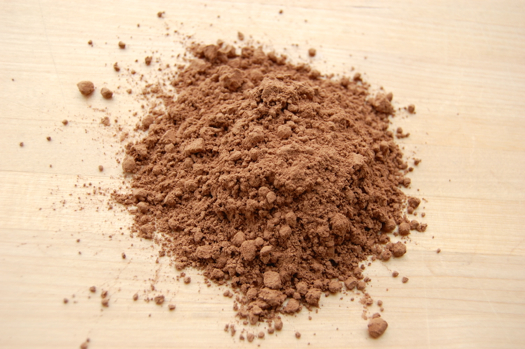I cannot tell a lie…

I scarfed the whole thing down while watching reruns of River Monsters last night. But you’d do the same if a quart of Michigan sour cherries dropped in your lap one August afternoon, don’t tell me you wouldn’t! Anyway I’m not sorry because tart cherry pie is, in the parlance of the kids today, tha bomb. Shape yours in the same way I did here for peach pie. Combine all your ingredients, save for the crust of course, in a large bowl and stir it all together.
READ ON

